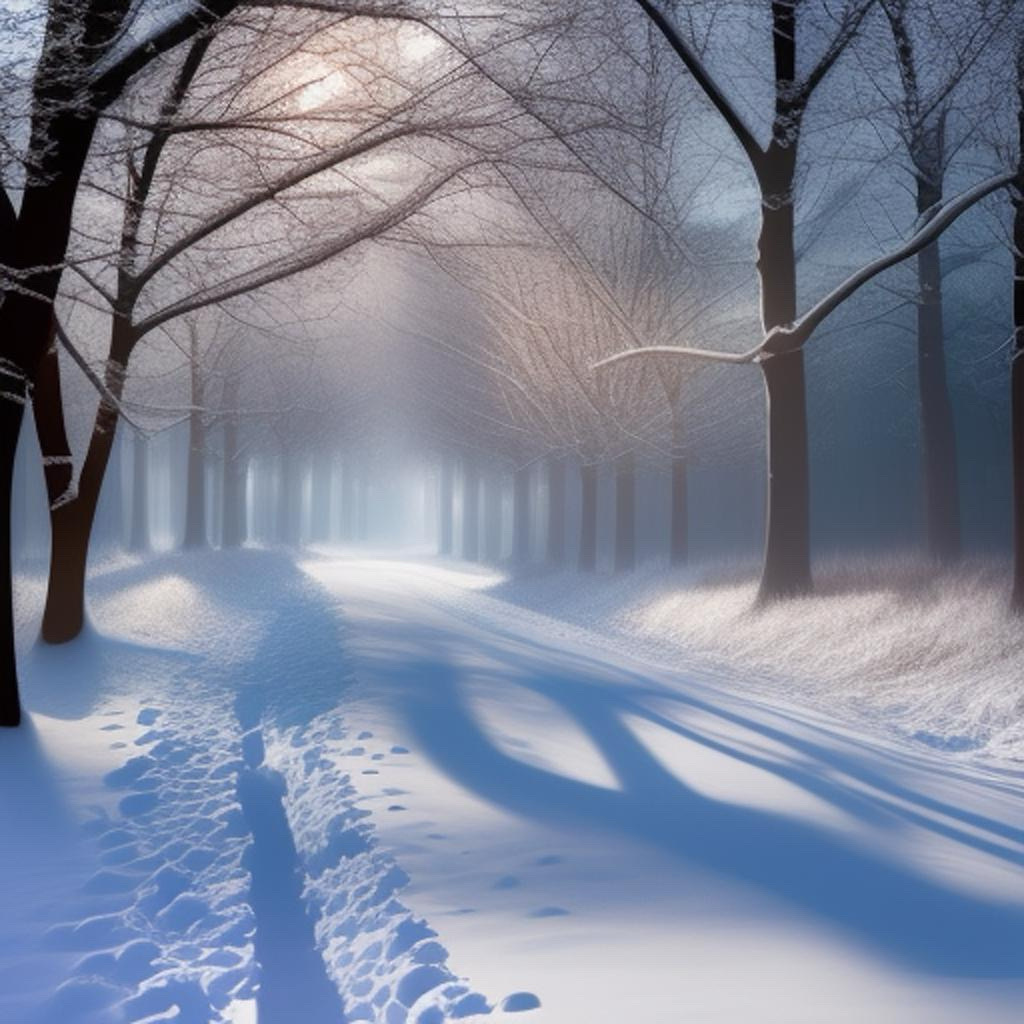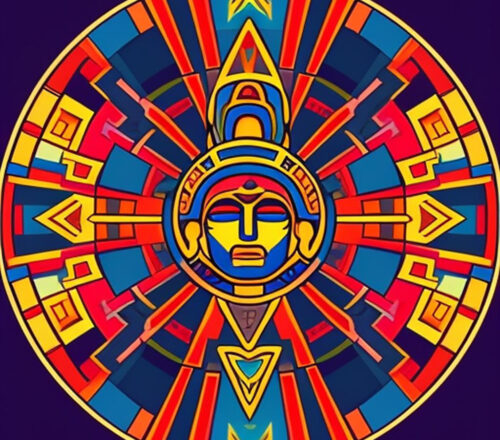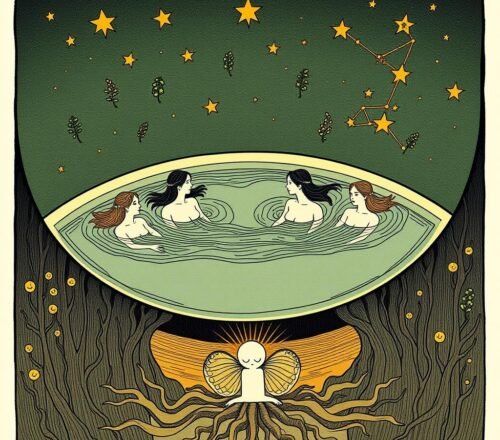
Table of Contents
What is DST, winter and spring time?
Winter and spring are two of the four seasons in a temperate climate. They have distinct characteristics and typically occur in specific months, although the exact timing can vary depending on your geographical location.
Winter
Winter is the coldest season of the year.
It is characterized by shorter daylight hours, as the Earth’s axial tilt results in the northern hemisphere being tilted away from the sun.
In the northern hemisphere, winter usually starts around December 21st, which is the winter solstice, and ends around March 20th, which is the vernal equinox.
Common features of winter include cold temperatures, snowfall (in many regions), frozen lakes and rivers, and the need for warmer clothing to stay comfortable.
Holidays such as Christmas and New Year often fall during the winter season in many countries.
Spring
Spring is the season that follows winter.
It is characterized by gradually warming temperatures and increasing daylight hours as the Earth’s axial tilt shifts, causing the northern hemisphere to tilt toward the sun.
In the northern hemisphere, spring typically begins around March 20th, which is the vernal equinox, and ends around June 21st, which is the summer solstice.
Common features of spring include the blossoming of flowers and trees, the return of greenery, milder weather, and the melting of snow and ice.
It is often associated with a sense of renewal and growth in the natural world.
It’s important to note that the timing and characteristics of these seasons can be different in the southern hemisphere, where the seasons are reversed. Additionally, regions closer to the equator may not experience as pronounced seasonal changes, and their climates may be more consistently warm or mild throughout the year.
And setting back watches one hour or forward?
The practice of setting clocks forward or backward by one hour is known as “Daylight Saving Time” (DST), and the direction in which you adjust your clocks depends on the time of year and your location. Here’s how it works:
Spring Forward
In the spring, typically around the second Sunday in March in many regions that observe DST, clocks are set forward by one hour at a specific time (usually 2:00 AM becomes 3:00 AM). This is done to make better use of natural daylight during the longer days of spring and summer.
As a result, people get more daylight in the evening, which can reduce the need for artificial lighting and save energy.
Fall Back
In the fall, typically around the first Sunday in November in many regions that observe DST, clocks are set back by one hour at a specific time (usually 2:00 AM becomes 1:00 AM). This is done as the days get shorter in the fall and winter.
“Falling back” means that people gain an extra hour of sleep on the night when the clocks are adjusted.
Not all countries or regions observe Daylight Saving Time, and the start and end dates can vary. Some regions may not use DST at all, while others may adjust their clocks on different dates. Additionally, some regions may choose to opt out of DST altogether.
It’s important to check the specific rules and dates for Daylight Saving Time in your location, as they can change, and not all places observe this practice.
Shop tips
Daylight Saving Time On Amazon
Watches on sale on Amazon
Thank you for reading, shares and comments!
✨ Comment Policy ✨
We welcome thoughtful, kind, and constructive comments that contribute to meaningful conversations.
Please note:
- Promotional links and unsolicited offers will be removed.
- Spam, irrelevant content, or self-promotion without prior permission will not be published.
- We value quality engagement over quantity — thank you for helping us keep this a respectful and inspiring space!
Sources openai Language models, aitrot, picsart and mib
Take time to learn
Invest in your future
Embark on a journey into the realm of affiliate marketing and craft your own website within a vibrant, supportive community. Join me in this adventure, where you can begin as a free starter and stay as long as you desire. Enjoy complimentary hosting and foundational teachings to set you on your path. For those with advanced skills, opportunities to elevate your expertise await. Take a moment to explore and witness the magic for yourself!




